Recommended Marine Ecosystem Animals You Must Read
Marine ecosystems are the most important ecosystems of the world. Important abiotic factors include the amount of sunlight in the ecosystem, the amount of oxygen and nutrients dissolved in the water, proximity to land, depth, and temperature.
What Is the Major Primary Producer in the Marine Ecosystem
There are other animals such as fish, walruses, whales, bacteria, seals, dolphins and so many more.

Marine ecosystem animals. Plankton and other fish are found in the ocean. Animals are multicellular eukaryotes, and are distinguished from plants, algae, and fungi by lacking cell walls. Crustaceans, fish and other organisms base their lives around the coral.
Animals that live in marine water ecosystems are called marine animals. Marine invertebrates are animals that inhabit a marine environment apart from the vertebrate members of the chordate phylum; Aside from a few seals, whales and migratory birds and penguins, antarctica’s unique marine life has been largely.
Plankton is a huge source of food to marine life. Some of these species are coral reef fishes, sharks, rays, and marine turtles. There are animals found in the ocean that even make their own light.
Marine ecosystems are an important part of the world, because the marine ecosystems give marine life such as: The marine ecosystems can broadly be classified into two main categories constituting 5 major marine ecosystems. In its simplest form, biodiversity or biological diversity is therefore 'life on earth' and includes marine biodiversity 'life in the seas and oceans.` the marine environment has a very high biodiversity because 32 out of the 33 described animal phyla are.
New research maps how ship traffic connects antarctica to worldwide ecosystems. Biotic factors include plants, animals, and microbes; It also gives those marine animals a place to hunt.
The great barrier reef is a world famous example of this type of marine ecosystem. Some have evolved a shell or a hard exoskeleton. Coral reef marine ecosystem coral reefs are special type of marine ecosystem found in the seafloor.
Marine ecosystems include a unique combination of animals, plants, microorganisms and coastal and ocean habitats. Among the various ecosystems found in open ocean and deep sea, coral reef ecosystems contain the greatest number of species diversity than anywhere else in the ocean. Marine mammals are classified into four different taxonomic groups:
They are the open systems of land and water which are joined together to form the coastal ecosystems. Show students the national geographic video “fish thieves take rare seals’ prey” (3.5 minutes), in which an endangered hawaiian monk seal prey s upon and competes for fish and invertebrates on the seafloor at 80 meters (262 feet) deep. Invertebrates lack a vertebral column.
Animals can be found everywhere, in both the photic and. Enormous number of marine animal species are found in the ocean and seas than in any other ecosystem on earth. All these names put together give a mere glimpse of the diversity in the marine biome, as the list of animals found in this biome is quite lengthy and has a wide range of species to its credit.
All ecosystems have certain things in common and marine ecosystems have a few unique twists to these cycles. Marine ecosystem in which survives many aquatic organisms like, fish, crustaceans, sharks, reptiles, invertebrates, and many different kinds of organisms. Marine science and ecosystems are crucial to understanding how to keep our oceans and marine life healthy and abundant.
In these ecosystems materials are cycled and recycled. Here are just a few of the animals that you will find in the marine biome: Bottom/benthic environment consists of the other three major ecosystems, supralittoral, intertidal/littoral, and sublittoral zones.
There are 9 different types of. This ecosystem may change vastly throughout the day as a result, but it is always a distinct and recognizable ecosystem. Marine ecosystems are defined by their unique biotic (living) and abiotic (nonliving) factors.
Ecosystems widely vary from fjords in scandinavia and chile to common beaches to deep hydrothermal vents. Where living corals form a natural barrier, a new ecosystem can be located. Some of you may also come up with the names of sea turtles, sea snakes, and marine mammals like dolphins and whales.
Water/pelagic environment consists of two major marine ecosystems, neritic and oceanic zones. Have students use a crittercam video to identify ecological relationships. However, there are several species that are currently at risk of their survival.
Which gives lives to the aquatic organisms. Tiny plankton, fish, crustaceans, invertebrates, reptiles, marine mammals, sharks, and rays a place to live and survive. Few creatures of these ecosystems include shellfish, shark, tube worms, crab small and large ocean fishes, turtles, crustaceans, blue whale, reptiles, marine mammals, seabirds, plankton, corals and other ocean plants.
Cetaceans (whales, dolphins, and porpoises), pinnipeds (seals, sea lions, and walruses), sirenians (manatees and dugongs), and marine fissipeds (polar bears and sea otters). Learn fun facts about marine science and ecosystems, and learn how you can help by clicking a category below.
Glimpse into the future of acidic oceans shows ecosystems

Wallpaper animals, water, underwater, Stingray, fin

Marine Ecosystem Animals And Plants

Wallpaper animals, sea, underwater, coral reef, ocean
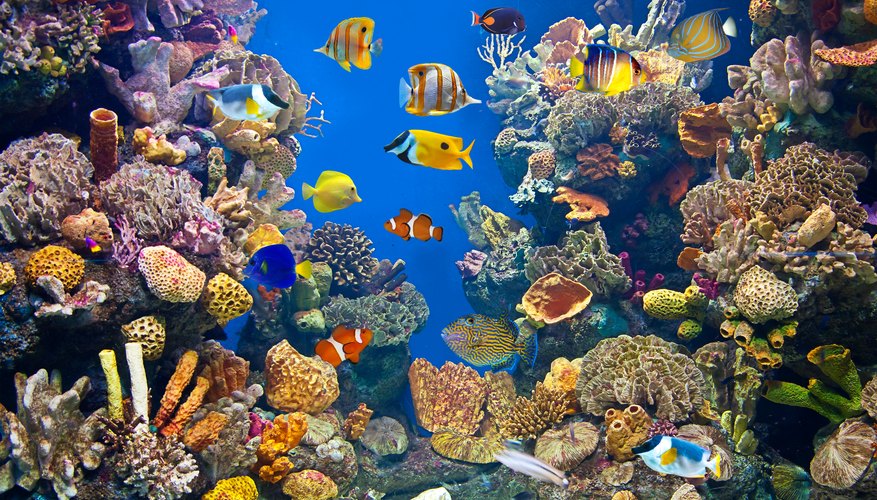
Definition of an Aquatic Ecosystem Sciencing

Marine ecosystems survive after dramatic mass extinctions
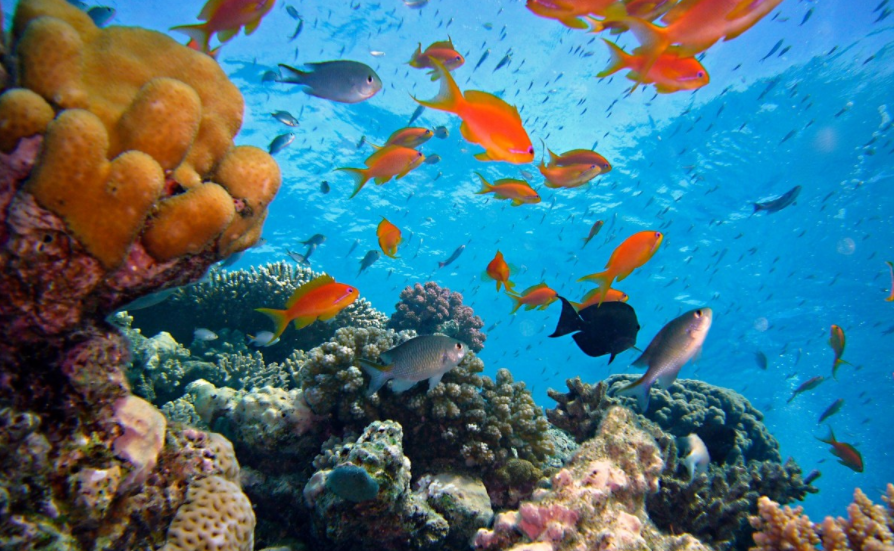
No marine ecosystem seems to be spared from plastic
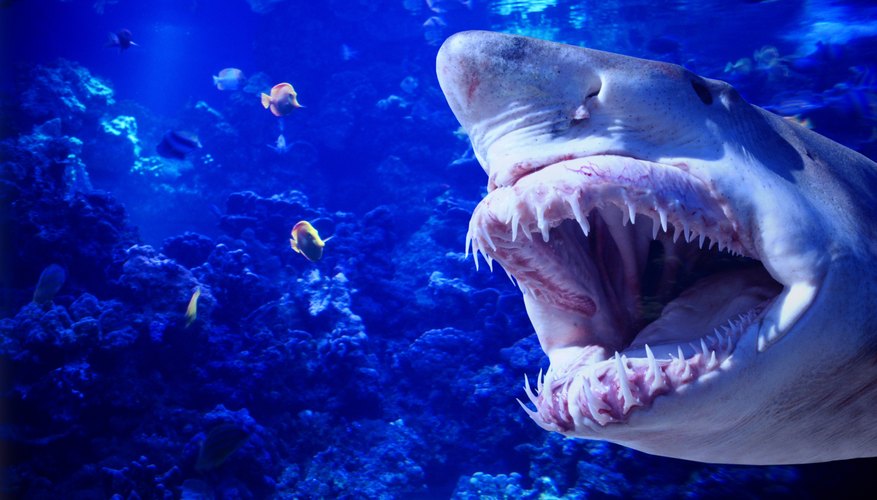
Ocean Ecosystem for Kids Sciencing
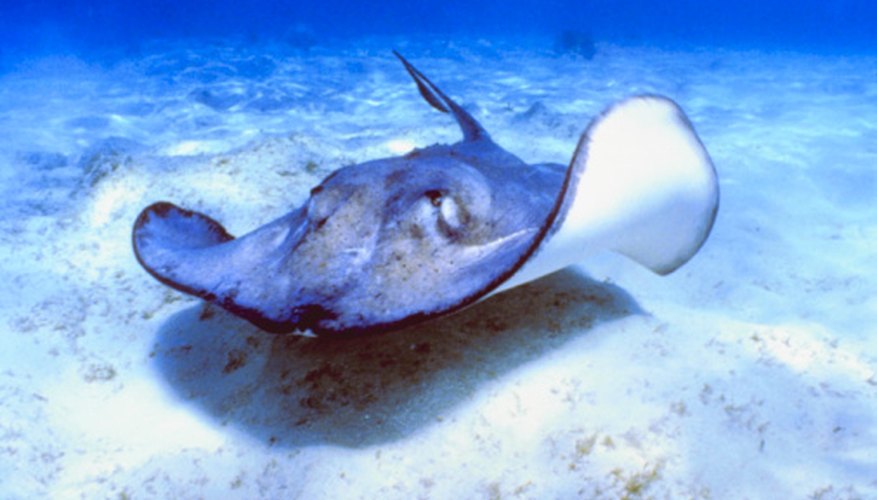
What Are Interesting Facts About the Marine Biome? Sciencing

Marine life dolphin Marine ecosystem Marine ecosystem

Marine Ecosystem Animals And Plants

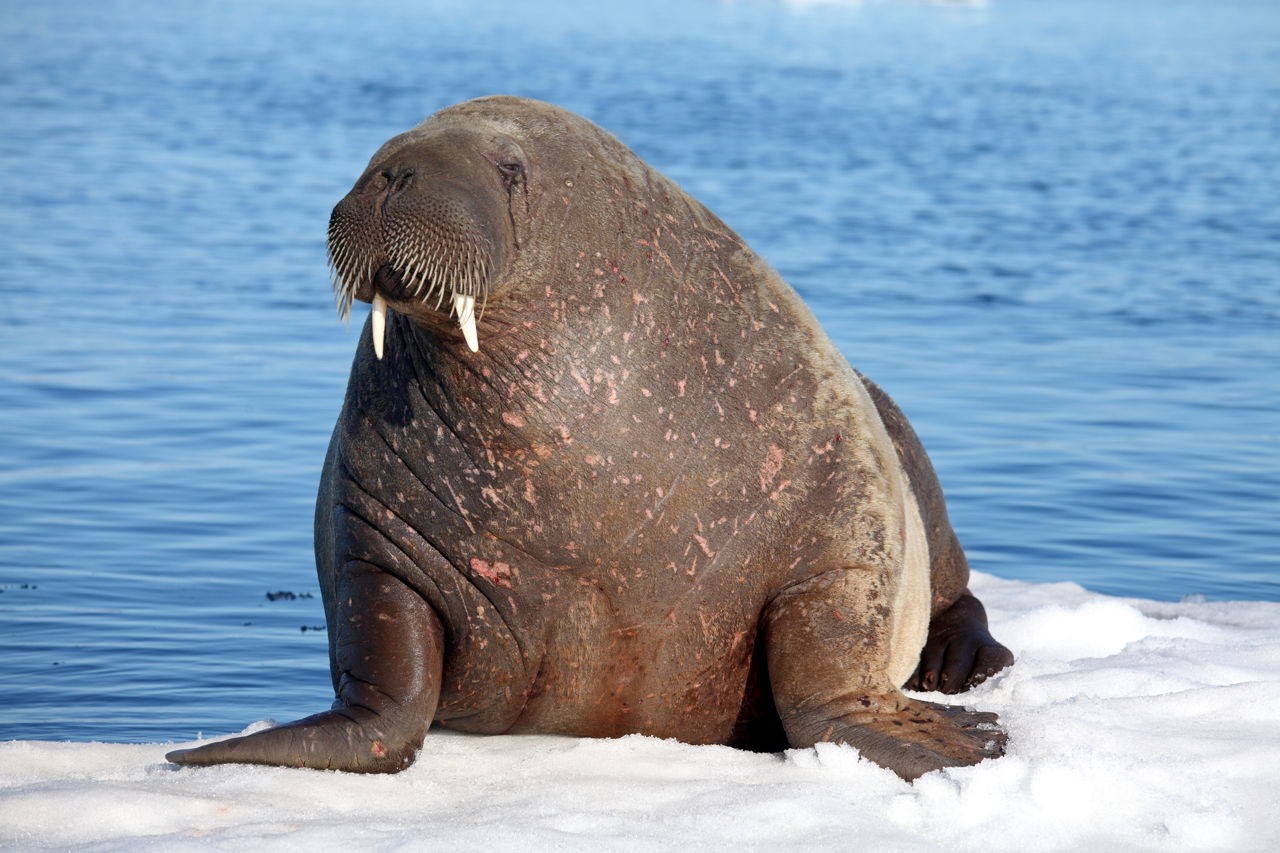
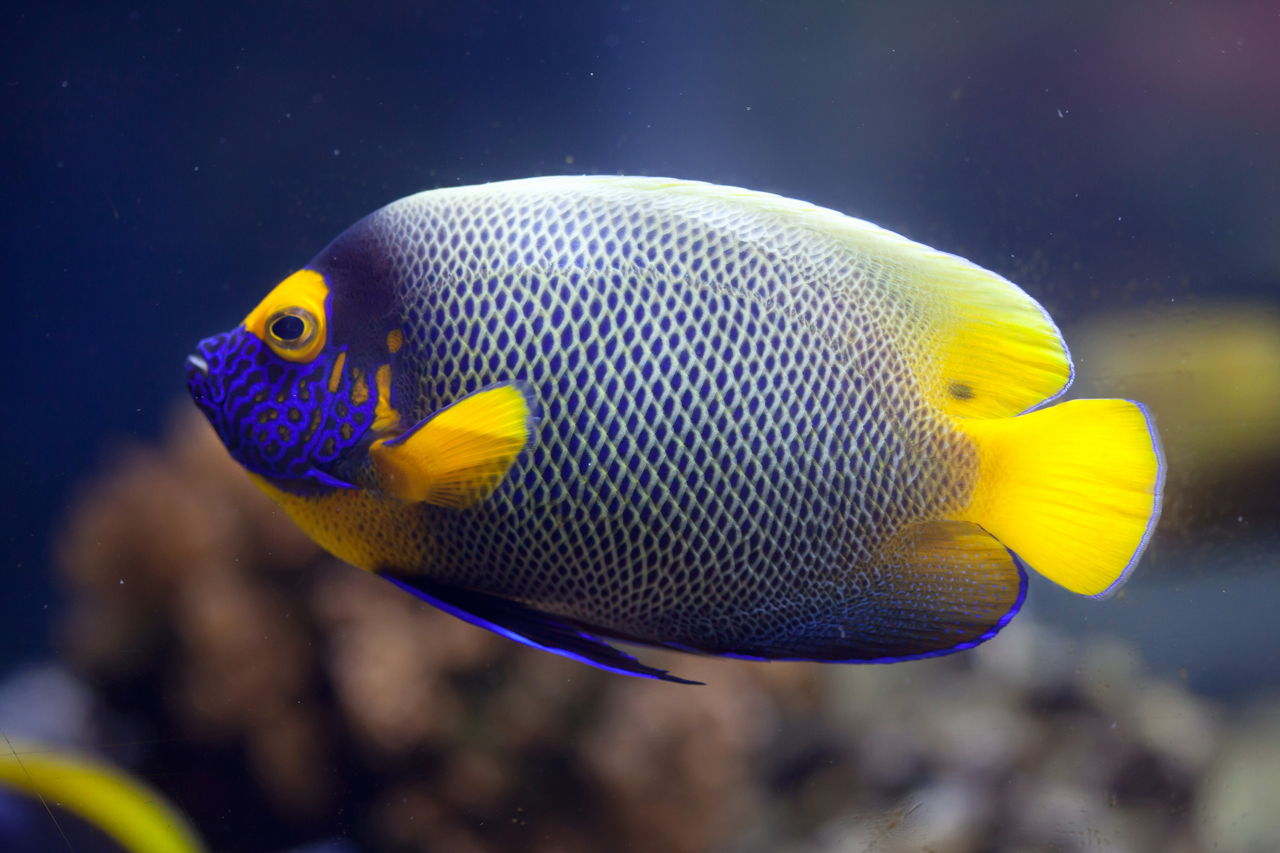
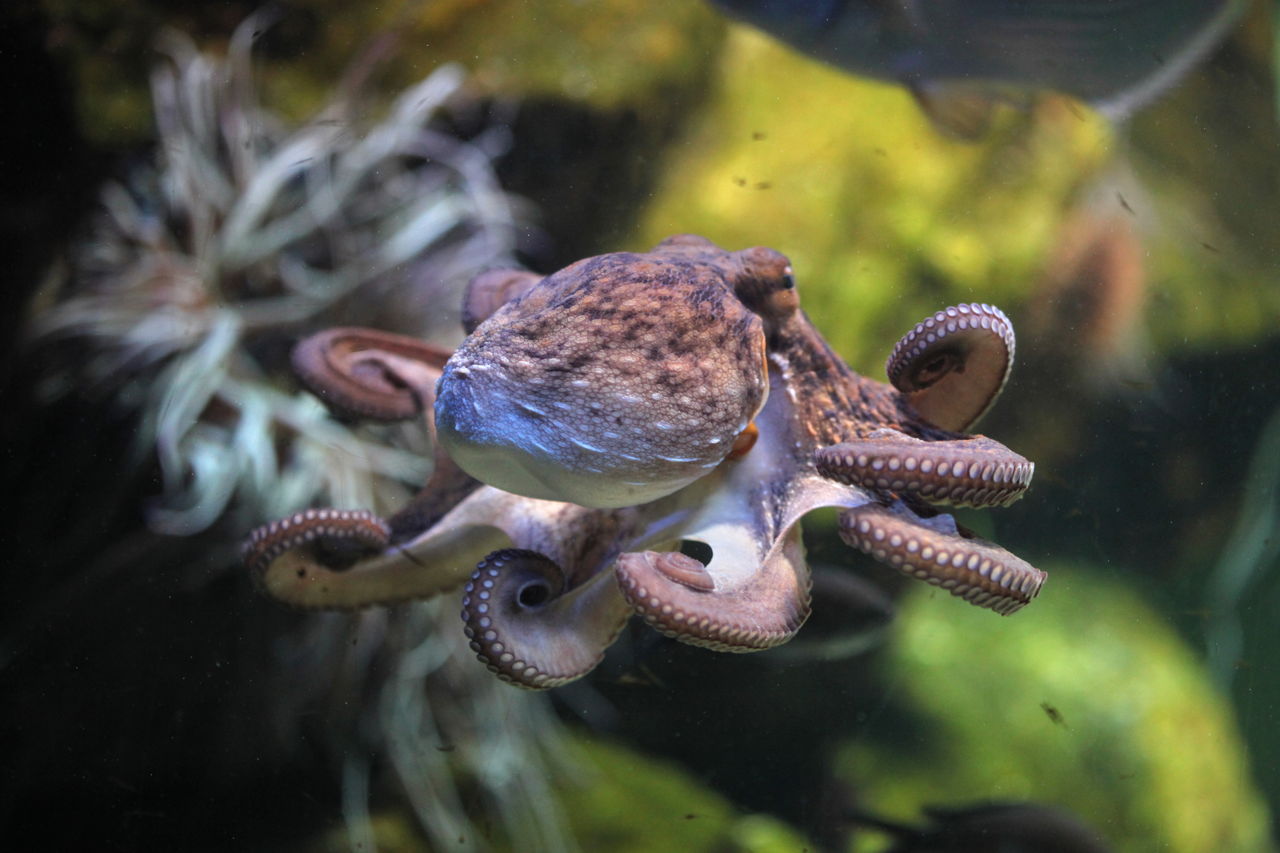

Post a Comment for "Recommended Marine Ecosystem Animals You Must Read"